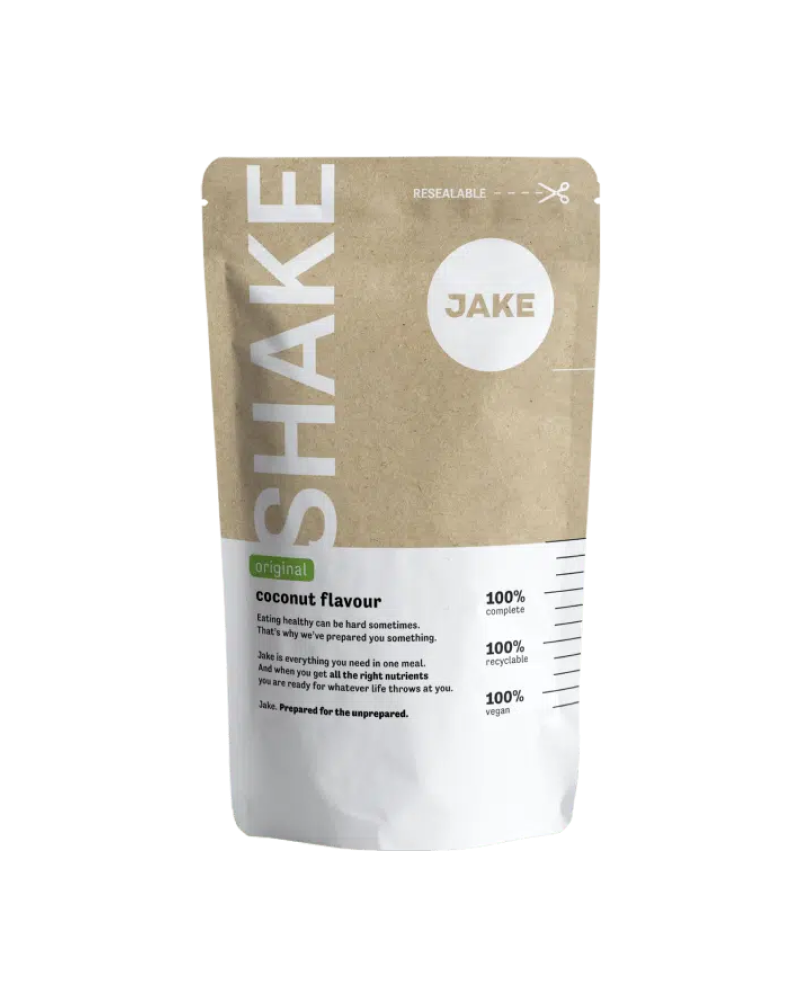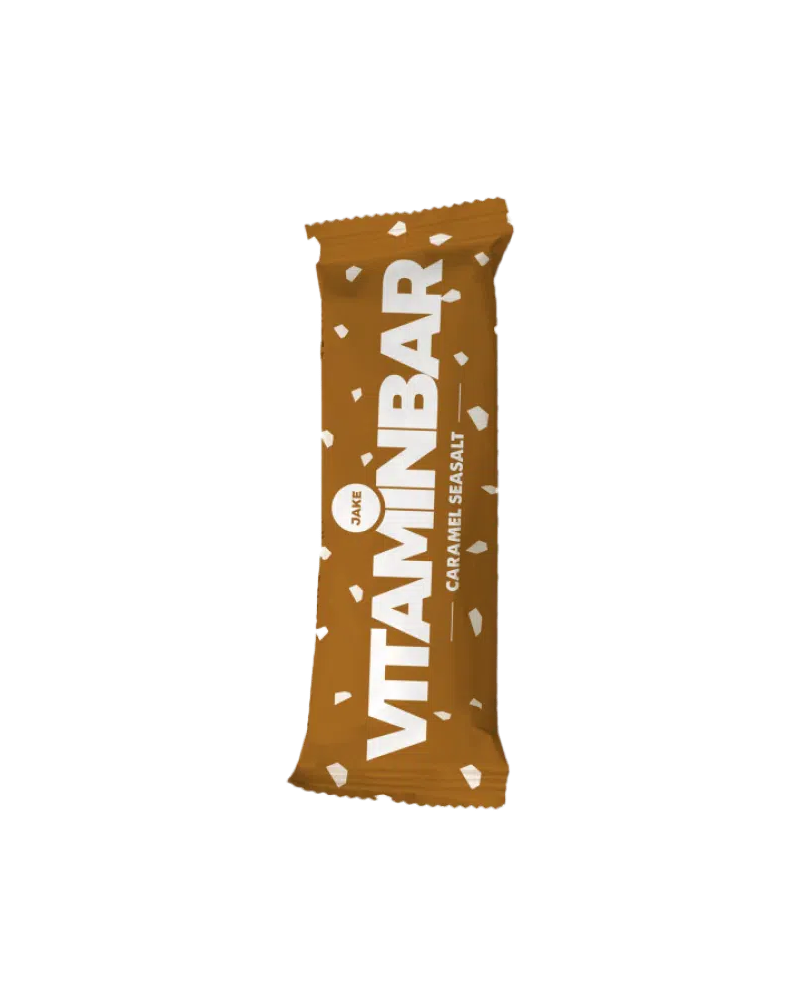10-minute read•October 2nd, 2018
Protein, protein, protein. You hear about it all the time. It’s often hailed as the key to building muscle, growing hair, losing weight, gaining weight… Protein is literally present in every one of your cells. But what is it, really? Let’s have a look at the very basics.

Short on time?
Best known for: muscle growth; maintaining muscle mass; contributes to maintaining strong bones. Required for building all body cells.
Good sources: animal proteins: meat, fish, milk, cheese and eggs. Plant proteins are mainly found in bread, cereal products, legumes and nuts. Vegetable proteins (mainly pea proteins) are also added to our products, allowing our products to contribute well to a healthy protein intake.
Recommended dietary allowance (RDA): Healthy adults need 0.8g protein per kg of body weight, though amounts can vary based on individual factors. No tolerable upper intake level (UL) is established.
Good to know: If you don’t consume animal products, it’s important that you diversify your plant protein sources to get enough of all the amino acids you need.
Protein in Jake:
Jake Light and Original: +/- 40g/meal
Jake Sports: +/- 40g/meal
Vitaminbars: +/- 20g/bar
What is protein?
Proteins are among the most abundant molecules in your body and they’re in every one of your cells.
Each protein molecule is made up of amino acids. Amino acids are linked together like beads on a string, forming long chains that can fold into numerous complex shapes. Proteins can be huge. Titin, a protein found in our muscles, is made of around 30,000 amino acids. Here’s a protein molecule to give you an idea:
And another one:
In order to digest the proteins in your food, your body needs to break them down into their constituent amino acids. These amino acids can then be used to build new proteins or make enzymes, neurotransmitters and hormones.
Amino acids can be classified in three groups:
- Non-essential: Amino acids that your body can make itself. It makes these amino acids from fats, carbs or other amino acids.Examples of non-essential amino acids are: alanine, asparagine, aspartic acid, and glutamic acid.
- Essential: Amino acids that your body can’t make itself, but does need. These amino acids need to be obtained externally, from food. The essential amino acids are: histidine, isoleucine, leucine, lysine, methionine, phenylalanine, threonine, tryptophan and valine.
- Conditionally essential: Under normal circumstances, conditionally essential amino acids can be produced by your body. However, factors such as illness, injury, stress or lack of nutrients to serve as building blocks can disrupt this process. In such cases, you’ll need to get these amino acids from your food.Conditionally essential amino acids are: arginine, cysteine, glutamine, glycine, ornithine, proline, tyrosine, and serine.
Unlike fats and carbohydrates, proteins cannot be stored. If you’ve ingested more protein than your body needs, the excess amino acids produced during digestion will be transported to your liver. There, part of the amino acids will be transformed and passed on to the kidneys for excretion. The rest will be converted into glucoseGlucose is the simplest type of carbohydrate and consists of a single sugar unit. Glucose is the preferred source of energy for most cells in your body.. What happens to the glucose next depends on whether you have an adequate energy intake. If your body isn’t getting enough energy from other nutrients, the glucose will be directly taken up by your cells and used for fuel. In case your body has enough energy, the glucose will be stored as glycogen in your liver or muscles. However, your body’s glycogen storage capacity is limited. Therefore, if no storage space is available, glucose will be converted into fat.
Functions of protein in your body
Proteins are often referred to as the building blocks of the body. As true as that is, it’s only one of their numerous functions. Here are the main ones:
- Contributes to the maintenance of strong bones
- Proteins contribute to the growth of muscle mass
- Proteins contribute to the maintenance of muscle mass
How much protein do you need?
An average healthy adult needs 0.8 g of protein per kg of body weight daily. For example, if you weigh 80 kg, you need 64 g protein per day. Pregnant women should increase this daily amount of protein with 1 g during the 1st trimester, 9 g during the 2nd trimester and 28 g during the 3rd trimester.These amounts reflect the recommended dietary allowance (RDA) established by the European Food Safety Authority (EFSA).
Whereas these amounts are sufficient to keep your body functioning properly, they may not be the optimal amounts for your particular case. Factors such as physical activity, age, muscle mass, overall health and body goals can increase your protein needs.
People who regularly engage in sports or have physically demanding jobs need more protein per day than people with a sedentary lifestyle. For example, an endurance athlete needs about 1.2-1.4 g protein/kg of body weight. That’s 150-175% the RDA.
Age plays a role in determining protein needs as well. The elderly require about 1-1.3 g/kg of body weight (125-163% of the RDA) to prevent muscle and bone mass reduction.
If you’re trying to gain muscle, you’re also going to need more protein than the RDA (as well as regular resistance training, of course). Muscle mass increases when your body synthesizes more muscle protein than it breaks down. There’s no universal amount of protein that guarantees optimal muscle gain. Depending on your resistance-training program, your body composition and your goals, the optimal protein intake might vary between 1.8 -3.3 g/kg of body weight.
Protein sources and protein quality
There are many options to choose from when it comes to getting your protein. Meat, fish, eggs and dairy products are excellent protein sources. You can also get your daily protein from many plants, cereals, legumes and nuts.
When it comes to protein, though, not only quantity matters. Quality is also important. Proteins vary a lot in terms of their amino acid composition, which affects how much of the protein will be absorbed in the body – in other words, the protein’s digestibility. Together, the amino acid composition and digestibility of a protein determine its overall quality.
Most animal proteins are high-quality. Due to the similarities between animal bodies and our own, animal proteins have an amino acid composition very close to the one in the human body. Animal proteins are also generally easy to absorb: their absorption rate is around 95%.
There’s more diversity in amino acid composition across plants. For example, soy, whey and brown rice do contain all essential amino acids, whereas other plants contain only some. However, that doesn’t mean that you can’t get all the amino acids you need from plants. You can, as long as you ensure diversity in your diet. For example, rice on its own contains sufficient amounts of the essential amino acid methionine but not enough of the essential amino acid lysine. At the same time, beans are poor in methionine and rich in lysine. When you combine rice with beans, you “complete” the proteins in both, ending up with a high-quality protein meal.
How do you know the exact quality of the proteins you eat? Several methods exist. One of the most popular methods is the digestibility-corrected amino acid score (PDCAAS). PDCAAS compares different protein sources and assigns them a score between 0 and 1. A higher score means that the protein is better absorbed by the body and contains a more complete set of the essential amino acids.
Based on their quality, these are some of the best protein sources:
| Food | RDA (%)* | Protein (g) | PDCAAS score (0-1) |
|---|---|---|---|
| Milk, 3.2% fat (100 g) | 5% | 3.2 | 1 |
| Boiled egg (1 large) | 9% | 6 | 1 |
| Beef (100 g) | 41% | 26 | 0.92 |
| Soybeans, raw (100 gl) | 56% | 36 | 0.91 |
| Split peas, cooked (100 g) | 13% | 8 | 0.89 |
* Based on the recommended dietary allowance (RDA) established by EFSA for an average adult with 80 kg body weight.
When you’re picking protein sources, consider that each food comes with a whole package of other nutrients. Of course, the total nutrient package should be considered for all food choices, not only proteins. However, since many people increase their protein intake in order to gain muscle, it’s worth stressing that some ways to do that are better than others. For example, a steak is a great way to get protein, but it also contains a lot of saturated fat. A similar amount of salmon would deliver just as much protein but 10 times less saturated fat.
Overall, whether you’re vegan, vegetarian or a meat-eater, to get the best of proteins in your diet, it’s a good idea to diversify.
What if you’re not getting enough protein?
On a global scale, around 1 billion people have inadequate protein intake, especially in regions such as Central Africa and South Asia, where up to 30% of children are affected. In developed countries, protein deficiency is very uncommon among adults. However, certain demographics such as the elderly remain at risk. The consequences of protein deficiency can range from poor growth in children to cardiovascular dysfunction. In the most severe cases, diseases such as marasmusMarasmus is a life-threatening disease affecting young malnourished children. It stops children’s growth and leads to reduced physical activity, necessitated by the need to conserve energy. and kwashiorkorKwashiorkor causes extreme bloating and stomach swelling, due to retention of fluids. People affected by kwashiorkor lose appetite, become apathetic and irritable. can develop.
How much protein is too much?
As already mentioned, eating more protein than the RDA is very common and could even be necessary for many people who are ageing, very physically active or are after particular body composition goals. Based on the available data, intakes up to twice the RDA are considered safe and currently there is no tolerable upper intake level (UL) for protein.
This being said, extreme protein intakes should be approached with caution, as the data on their potential health impact are less straightforward. Some studies have demonstrated no adverse effects even with intakes that amount to 35% of total energy consumption. However, damage to the kidneys, intestines and liver has been observed in cases where over 45% of total energy consumption comes from protein.
Unless your diet is extreme, you’re very unlikely to be eating this much protein – the average protein intake in the EU ranges between 12- 20% of total energy consumption.
How do you calculate what percentage of your total energy consumption comes from protein? Here’s an example:
Let’s say your body weight is 80 kg and you consume 2500 calories/day on average. If you’re physically active, you’re probably eating around 1 g protein/kg of body weight, which makes 80 g protein per day. Each gram of protein yields 4 calories of energy. So, your daily energy intake from protein equals 80×4 = 320 calories. That’s 320/2500 x 100 = 12.8% of your total energy intake.
Take-aways
The key points to remember about proteins are:
- Proteins are the building blocks of your body.
- You can get your protein from meat, eggs and dairy, as well as from plant sources such as legumes, cereals and nuts. If you’re vegan or vegetarian, make sure you combine different plant protein sources to get enough of all the amino acids you need.
- Consuming up to twice the protein RDA is considered safe, but extreme protein intakes could be harmful. For example, if more than 45% of your total energy intake comes from proteins, it can negatively affect your kidneys, liver and intestines.
Afraid to miss out on essential nutrients your body needs? You can always take our Jake meal replacement shakes or one of our delicious meal replacement bars.










